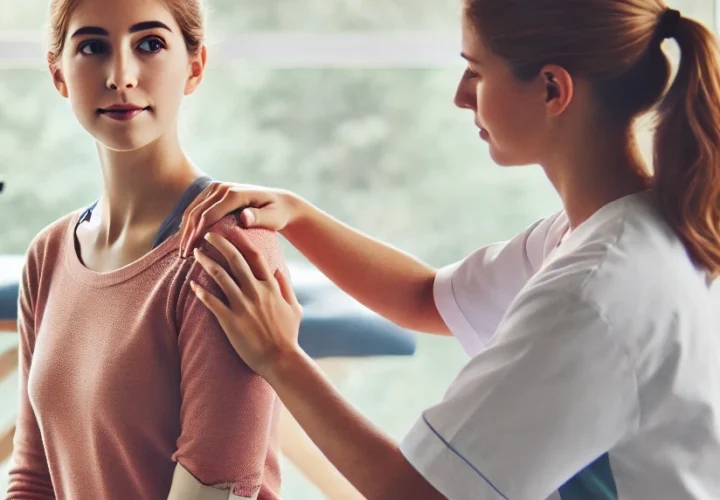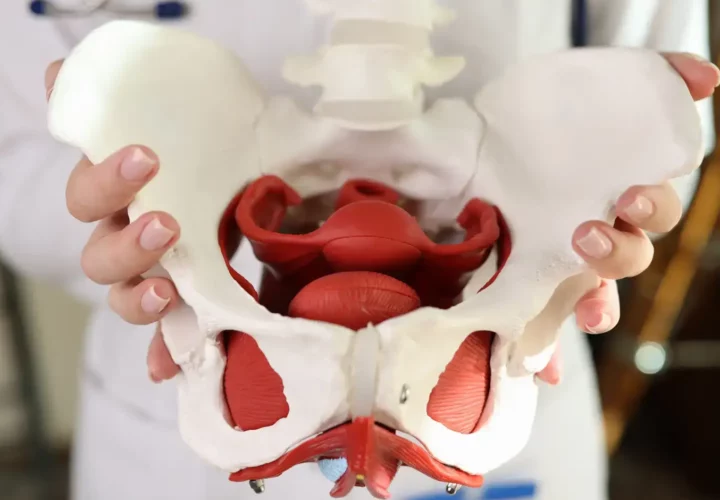There is a wide variety of disorders that can be associated with connective tissue disease. They can affect someones skin, fat, muscles, joints, tendons, ligaments, bone, and cartilage. Actually your eye, blood, and blood vessels can be affected too. This makes sense though because your body’s connective tissue holds all of the cells together. It also allows your tissue to work like a rubber band. There are two main types of connective tissue disease as well. They include those that can be inherited due to mutation and those where the connective tissue is a target of antibodies directed against it. The second type causes redness, inflammation, and pain.
Types of Connective Tissue Disease
As stated above, there are two types. Connective tissue disease due to genetics cause problems in the structure and strength of your body’s connective tissue. These conditions can include EDS, Marfan syndrome, EB, and Osteogenesis imperfecta. Connective tissue disease caused by antibodies is characterized by inflammation of the tissues. These conditions are known as autoimmune diseases. Polymyositis, scleroderma, vasculitis, and RA are just a few types.
Symptoms of Genetic CTD
Those with EDS or Ehlers Danlos Syndrome may see their skin become stretchy, see abnormal growth of scar tissue, and their joints may become over flexible. Depending on your type, your blood vessels may become weakened, your spine may become curved, your gums may bleed, and lastly problems with your hearts valves, lungs, and digestion may occur. 
There is more than one type of EB or Epidermolysis bullosa. Your connective tissue proteins such as laminin and collagen may be abnormal. This condition is characterized by exceptionally fragile skin and the skin often will have blisters or tears. The blisters or tears can happen from your clothes rubbing on your skin or the slightest bump.
Marfan Syndrome is caused by the connective tissue protein fibrillin having a defect. This defect will affect your ligaments, bones, eyes, blood vessels, and heart. Typically a person with this condition will be tall and slender. Also, they might have thin fingers/toes.
Lastly, osteogenesis imperfecta. Those with different single gene problems are put under this condition because they all have collagen abnormalities. They also may have a low muscle mass, brittle bones, and relaxed ligaments/joints. All other symptoms depend specifically on the strain that person has. Some symptoms include a curved spine, very fragile teeth, and hearing loss.
Symptoms of Autoimmune CTD
Inflammation of the muscles is caused by polymyositis. Symptoms include fatigue, muscle weakness, fever, and weight-loss. Other symptoms may include shortness of breathe and difficulty swallowing.
Organ damage, tight/thick skin, and buildup of scar tissue is also associated with scleroderma. There are two groups this condition falls into: localized or systemic. Localized cases are confined to the skin. Systemic cases involve major organs and blood vessels.
Another condition that affects the blood vessels in any area is vasculitis. Symptoms include loss of appetite, pain, fever, and fatigue. If the blood vessels of the brain become inflamed, a stroke may occur.
Lastly, rheumatoid arthritis. This is when the immune system attacks a thin membrane that lines the joints. Stiffness, pain, swelling, and inflammation will occur. Other symptoms may include fever, fatigue, and loss of appetite. This condition can permanently damage your joints leading to deformity.
Treatment
Though there is no cure-all treatment, there has been breakthroughs in genetic therapies. Commonly used treatments of autoimmune connective tissue disease include:
- Corticosteroids
- This medication helps prevent your cells from being attacked by your immune system. Also, it helps prevent inflammation.
- Immunodulators
- Antimalarial Drugs
- These help with mild symptoms and prevent flare-ups.
- Calcium Channel Blockers
- Methotrexate
- Pulmonary Hypertension Medications
- This type of medication opens the blood vessels in the lungs that were affected by autoimmune inflammation.
Another treatment option is physical therapy. Your therapist will work with you and design an individualized program that you can do at the physical therapy clinic and at home. The program may contain some stretching and strengthening exercises along with some daily at home tasks. For example, if you have trouble standing your therapist will work with you on strengthening your lower body and as time progresses challenge you to try standing at home more often than you do. They will also give you the tools needed to properly do the exercises you do in clinic at home. This way you are getting better at home too!



